Have you ever wondered what the safest treatment for biological contamination might be? Whether it’s about ensuring the cleanliness of your home, maintaining safety standards in your workplace, or considering global environmental impacts, understanding how to handle biological contamination is crucial. This discussion aims to illuminate the safest methods of dealing with biological contamination, offering insights into how you can keep your environment safe and healthy.
Understanding Biological Contamination
Before diving into the treatments, it’s essential to understand what biological contamination is. Biological contamination refers to the presence of harmful organisms or substances produced by those organisms in environments where they should not be. These can include bacteria, viruses, fungi, and other pathogens, as well as their toxins or wastes, which can be detrimental to health and safety.
Common Sources of Biological Contamination
Biological contaminants can arise from various sources, often finding their way into homes, workplaces, and natural environments. They can come from food, water, air, soil, and even the human body or animals. Recognizing the sources of contamination is the first step toward effective treatment.
Food
Food can become contaminated through improper handling, storage, or cooking practices. This can allow bacteria such as Salmonella or E. coli to thrive, posing health risks when consumed.
Water
Contaminated water is a significant concern, especially in areas with inadequate sanitation. Pathogens like Giardia and Cryptosporidium can lead to severe illnesses if water quality is compromised.
Air
The air we breathe can also be a source of biological contamination. Mold spores, bacteria, and viruses can be airborne, affecting indoor air quality and health.
Soil
Soil contaminated with biological agents can impact agricultural products and subsequently, human and animal health.
Animals and Humans
Both animals and humans can be carriers of disease-causing organisms. Proper management of hygiene and sanitation can reduce the risk of transmission.
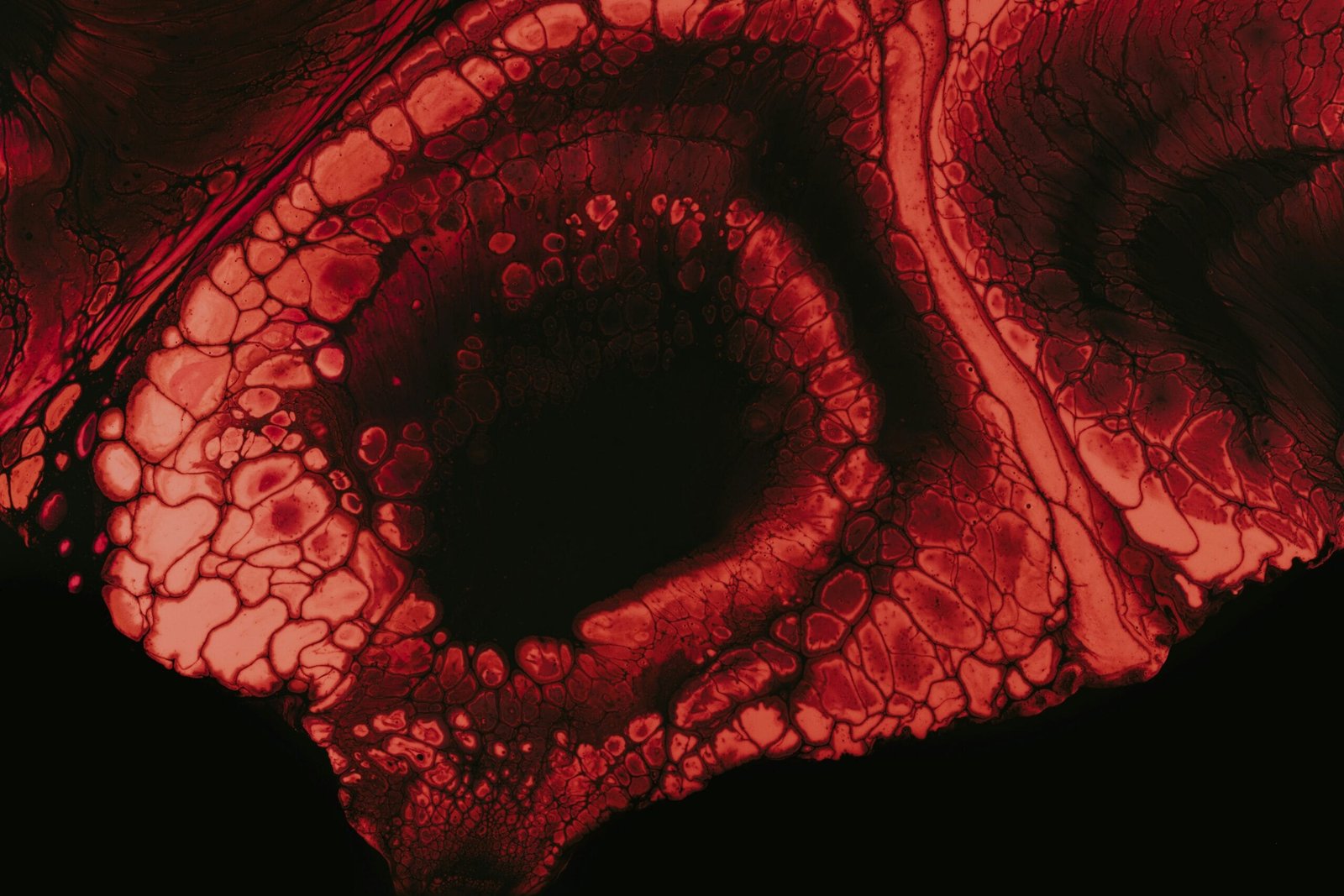
Importance of Treating Biological Contamination
Treating biological contamination is vital for several reasons, primarily related to health, safety, and environmental sustainability. The consequences of neglecting biological contamination can range from mild illness to severe outbreaks and environmental damage.
Health Impact: The primary concern of biological contamination is its impact on human and animal health. Contaminated food or water can lead to diseases, while airborne contaminants can cause respiratory issues.
Economic Impact: Failure to address contamination can lead to financial losses, whether through healthcare costs, lost productivity, or damage to industry (such as food recalls).
Environmental Impact: Biological contamination can harm ecosystems, disrupt biodiversity, and impact environmental health, leading to long-term negative effects.
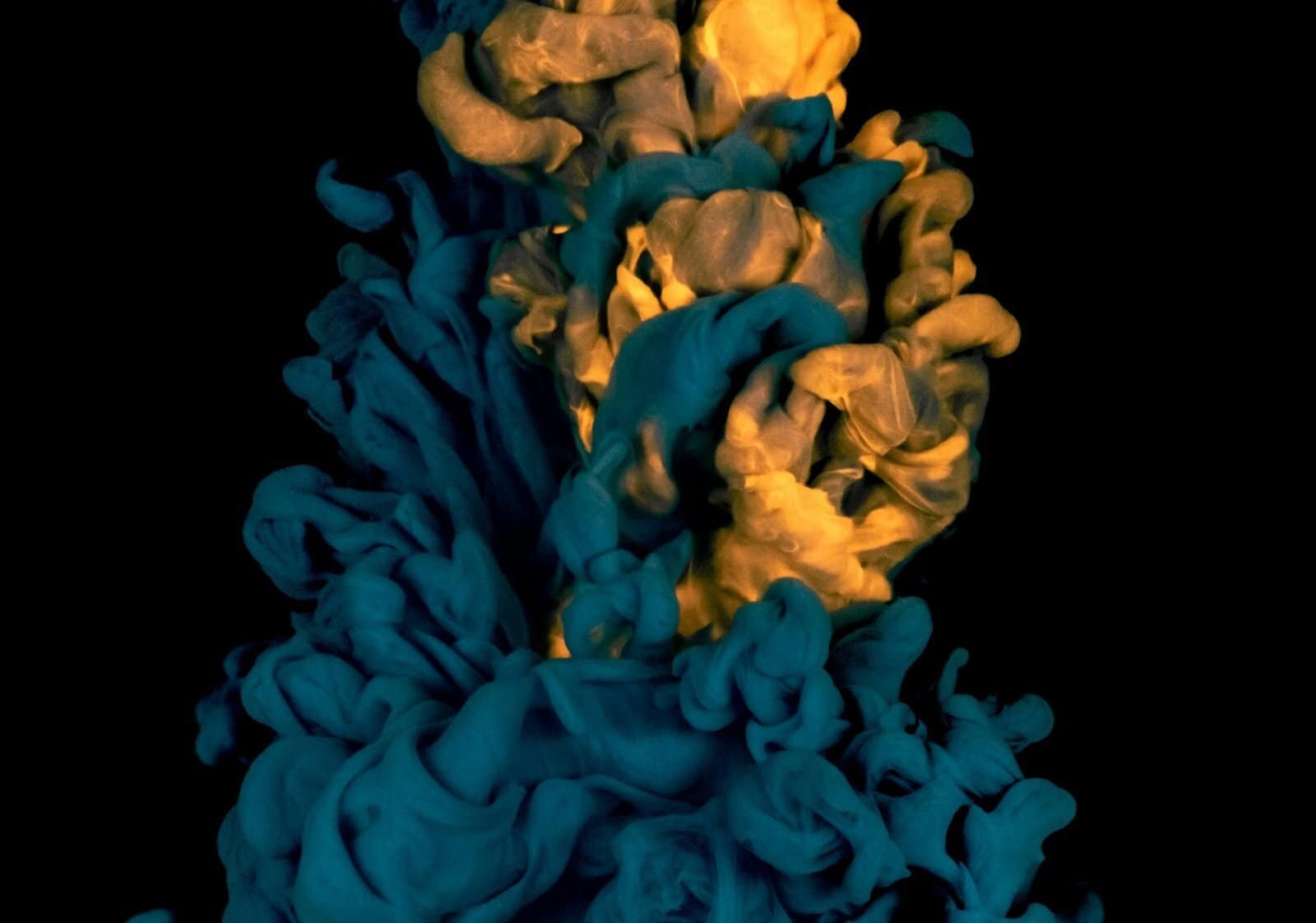
Safe Treatments for Biological Contamination
Treating biological contamination safely involves a multi-faceted approach, focusing on prevention, identification, and remediation. Let’s explore these steps in detail.
Prevention as the First Line of Defense
The most effective way to handle biological contamination is to prevent it from occurring in the first place. Implementing preventive measures can significantly reduce the risk of contaminant spread.
Hygiene Practices
Adhering to proper hygiene practices is indispensable. This includes regular handwashing, especially after handling potential contaminants, cooking, or using the restroom. It is one of the simplest yet most effective methods to prevent biological contamination.
Safe Food Handling
Practicing safe food handling involves keeping foods at appropriate temperatures, avoiding cross-contamination, and thoroughly cooking meats. Ensure that fruits and vegetables are cleaned before consumption to remove potential pathogens.
Water Treatment
Ensuring the safety of water supplies is critical. Use filtration and disinfection methods like boiling, chlorination, or using advanced filtration systems to treat drinking water and prevent waterborne diseases.
Air Quality Management
Maintaining good air quality, especially indoors, is crucial. This might involve using air purifiers, ensuring adequate ventilation, and managing humidity levels to prevent mold growth.
Sanitation and Waste Management
Proper sanitation and waste disposal are crucial for preventing biological contamination. This includes the safe management of human and animal waste, as well as the disposal of biohazardous materials.
Identification of Biological Contaminants
Knowing how to identify biological contaminants is the next critical step in the treatment process. Early identification can help prevent further spread and make treatment more manageable.
Signs and Symptoms
Recognizing signs of biological contamination can differ based on the type of contaminant. Common symptoms to watch for include gastrointestinal problems, respiratory issues, and unusual odors or growths in the environment.
Testing and Monitoring
Using testing kits to sample and identify biological contaminants can be effective. Laboratory analysis can confirm the presence and type of contaminants, allowing for targeted treatment.
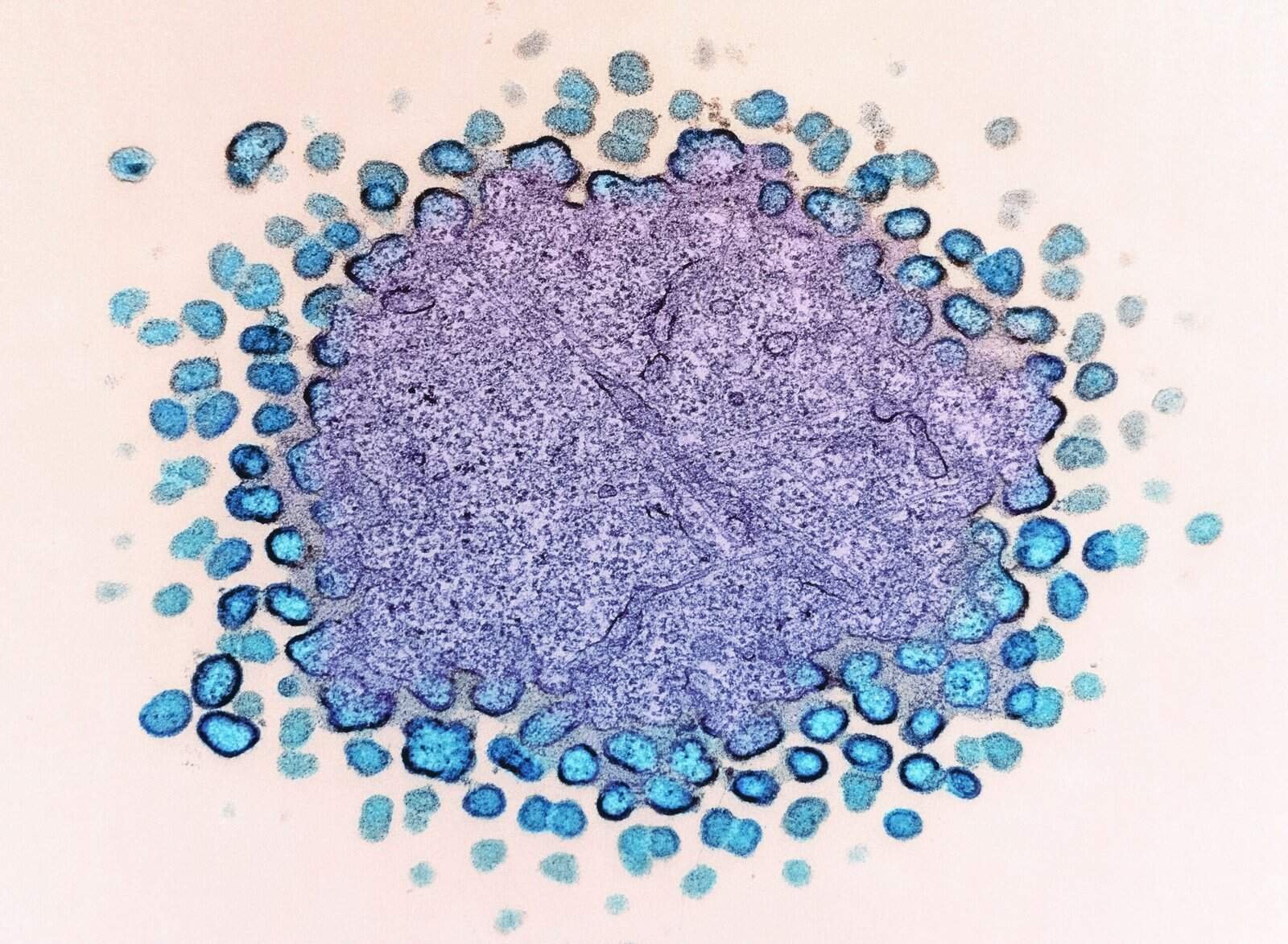
Remediation: Effective Treatment Solutions
When contamination occurs, safely and effectively treating the area is crucial. Various methods can mitigate contamination, depending on the environment and type of contaminant.
Physical Removal
For visible contaminants such as mold, physical removal is often the first response. This involves cleaning or cutting out affected materials, using protective gear to prevent exposure.
Disinfection
Disinfectants such as bleach or alcohol-based solutions can be used to kill microorganisms on surfaces. Ensure the proper concentration and contact time to optimize effectiveness.
Choosing the Right Disinfectant
Not all disinfectants work the same way. Consider the type of contaminant and surface material when selecting a product.
| Contaminant Type | Recommended Disinfectant | Notes |
|---|---|---|
| Bacteria | Bleach, Hydrogen Peroxide | Avoid mixing with other chemicals |
| Viruses | Alcohol-based solutions, Bleach | Ensure adequate contact time |
| Fungi | Fungicides | May require multiple applications |
Biological Treatment
The use of natural organisms or biological agents to break down contaminants is a beneficial approach, especially in environmental contexts. Bioremediation, for example, utilizes microbes to degrade organic pollutants.
Bioremediation
This method is often used for contaminated soil or water. It can be cost-effective and less intrusive than physical removal, although it may take longer to achieve results.
Heat Treatment
Applying heat can effectively neutralize many biological contaminants. Methods include steaming, pasteurization, or using hot air, applicable to both food safety and environmental cleanup.
Advanced Technologies
For severe or complex contamination scenarios, advanced technologies may be necessary.
Ultraviolet (UV) Treatment
UV technology can sterilize air, water, and surfaces by destroying the genetic material of microorganisms, preventing replication.
Ozone Treatment
Ozone generators can be used to disinfect areas by breaking down microorganisms through oxidation. This method must be handled carefully due to health risks of ozone exposure.
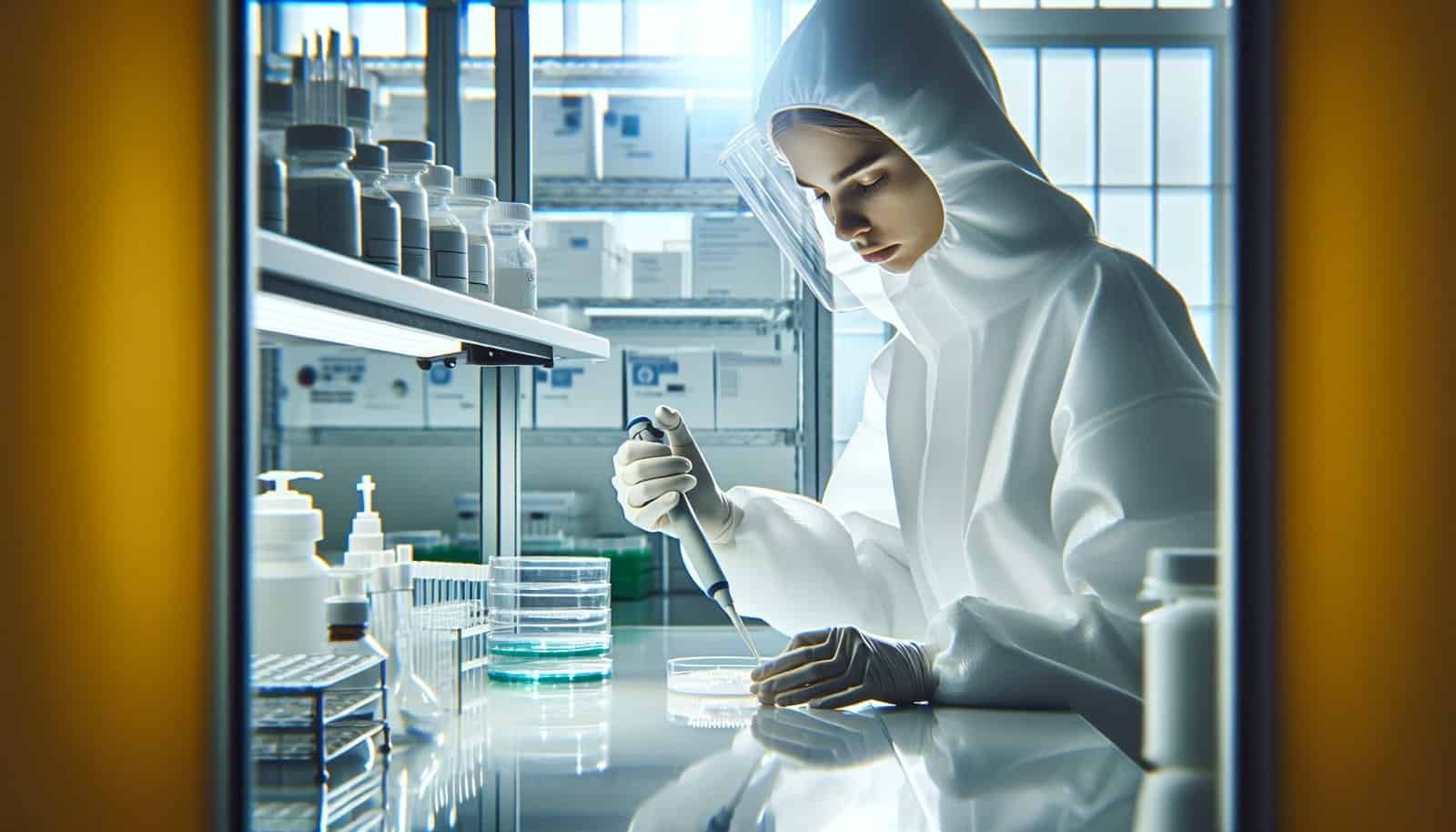
Collaborating with Professionals
Handling biological contamination effectively sometimes requires professional intervention. Certified experts can offer experience and specialized equipment to manage and remediate contamination safely.
When to Call a Professional
Consider professional assistance when contamination is extensive, involves hazardous pathogens, or requires specialized cleanup beyond general capabilities.
What to Expect from Professional Services
Professionals can conduct thorough assessments, provide targeted treatment plans, and ensure compliance with safety regulations and protocols.
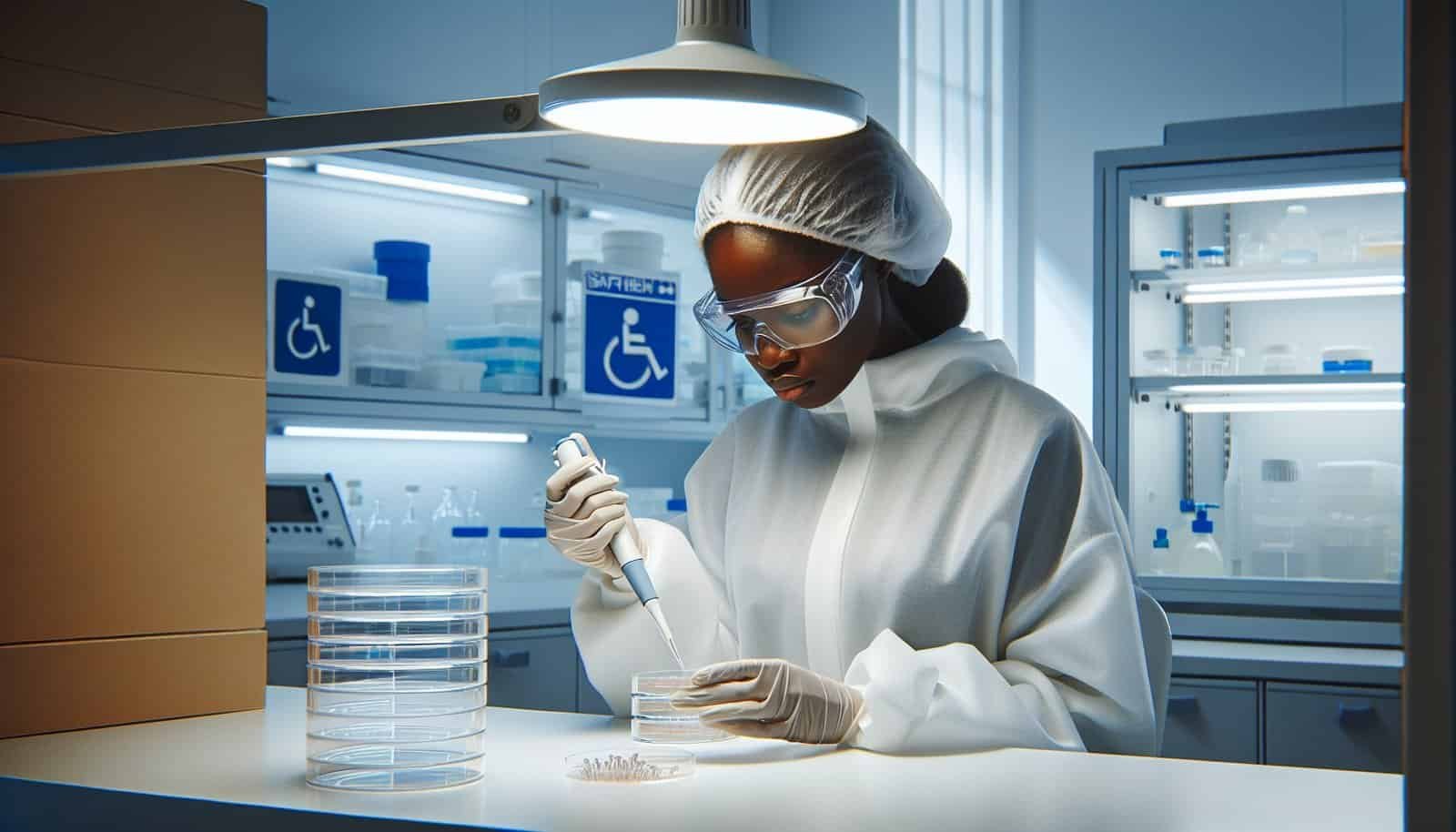
Conclusion
Understanding the safest treatment for biological contamination involves multiple approaches, from prevention and early identification to effective remediation and professional assistance when necessary. By staying informed and vigilant, you can contribute to a healthier and safer environment for yourself and the broader community.
Armed with this knowledge, you are better prepared to tackle potential biological contamination issues. Remember, prevention is key, and when faced with contamination, choosing the appropriate treatment method can make all the difference.
